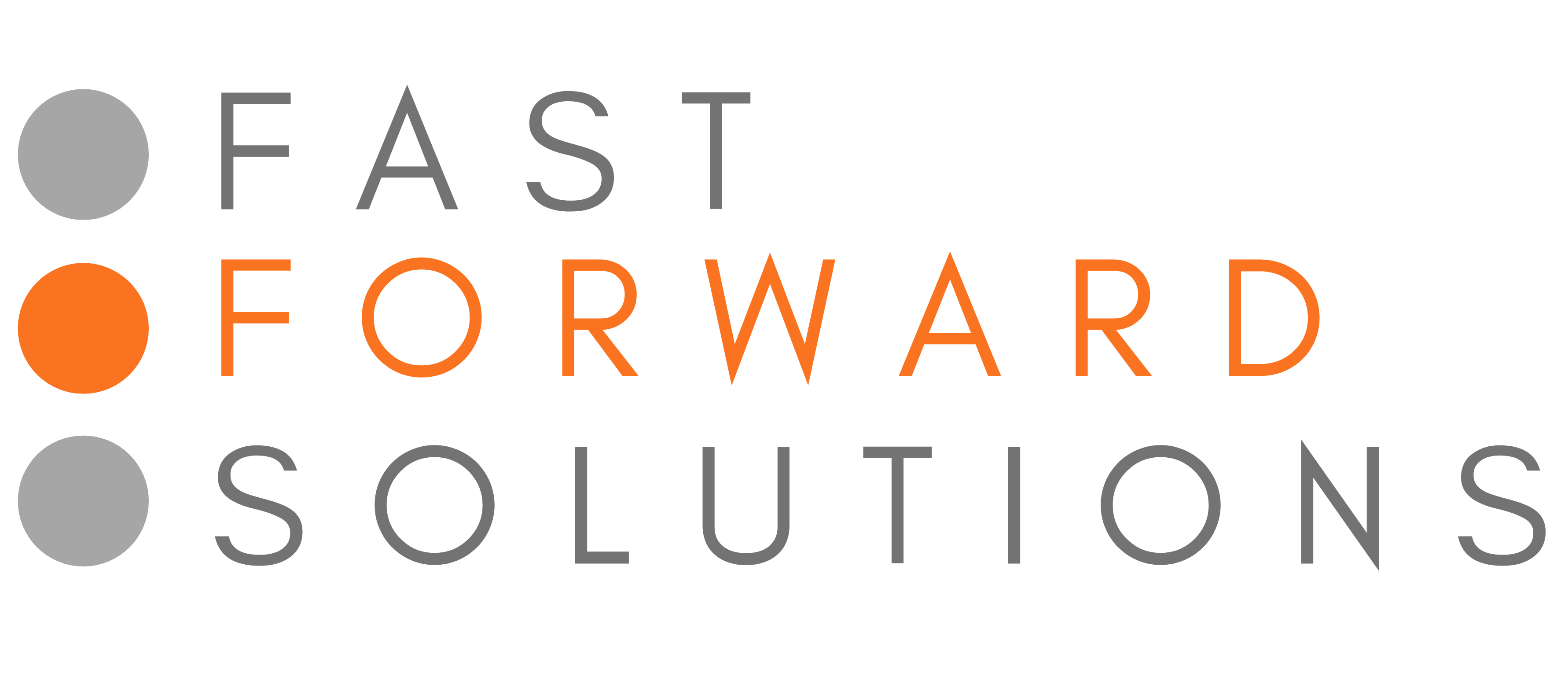What is a recruitment process? An effective and efficient recruitment process is a step-by-step process of hiring new employees whereby an organisation identifies its talent needs, recruits from the talent pool and ultimately hires the most qualified candidates. Most companies have their own recruitment processes. Below are the most common steps in the recruitment process across the industry and regardless of company size. However, keep in mind that the specific details of the recruitment process are unique to each company and job market.
Steps in the employee recruitment process
1. recruitment process. Identify the need for employment
The hiring process starts with identifying a need in your organisation. This need can vary from filling a vacant position, better managing a team's workload or expanding the reach of organisational tasks. In other words, positions are either newly created or recently vacated.
2. develop a recruitment plan
As soon as an organisation identifies a hiring need, it should start recruiting. For newly created positions, the organisation should clearly articulate how the new position aligns with its goals and business plan. Organisations should also keep relevant internal teams and employees informed of the new position at every stage of the recruitment process. It is important that all those involved in the hiring decision agree to the hiring process, steps and appropriate communication channels. Recruitment also includes a strategy for publicising the new position, both internally and externally; criteria for pre-screening candidates; what the recruitment process will look like; and who will conduct interviews. You may wish to ask a recruitment consultancy agency for help at this stage. It is also a good idea to consider whether you will be recruiting internally or recruiting externally.
3. write a job description
Hiring personnel should begin by generating a job description that lists the responsibilities, job requirements, special qualifications, desired characteristics, and expected work experience. The job description should also include information about the organisation's salary and benefits. See also How to prepare an attractive job description?
4. assignment to an agency or posting of a vacancy
Identifying highly qualified potential candidates starts internally. So start by letting current employees know about the opening. Advertising the position can stop there if you are determined to fill the position internally. However, if you are interested in external candidates, you should include this information in your internal application. The next step in the recruitment process will be to post an ad on job portals and use a combination of the company's website and social media platforms, job posting sites such as LinkedIn, Pracuj etc. job fairs, industry publications and events, advertisements in local newspapers and word-of-mouth recruitment. You can also use a recruitment agency such as Fast Forward Solutions - check out how we work and read these CASE STUDIES. Advertising will likely be based on a combination of the company's website and social media and workplace platforms such as LinkedIn, trade publications and ads in specialized local portals. Remember that simply posting an ad misses out on a large portion of the best so-called "passive" candidates, who don't look for jobs themselves and don't browse ads because they currently have a job and aren't thinking about changing currently.
5. recruitment of the post
Beyond the usual job postings, recruiters should reach out directly to desirable candidates through LinkedIn, social media and job fairs. Active recruiting will help generate applications from potential candidates who are not actively seeking new job opportunities, but may be ideal for an available position.
6. overview of applications
Your organisation probably already has a mechanism for receiving applications - email, applicant tracking system (ATS), etc. In many cases, the review process begins with HR representatives reviewing applications and eliminating any candidate who does not meet the minimum requirements for the position or the company in general. In other cases, the hiring team or hiring manager may prefer to review each application. After collecting a batch of qualified applications, the hiring team should review the remaining candidates and identify those they wish to interview.
7. telephone/video call - initial check
Initial interviews typically begin with phone/video interviews with HR representatives. Phone interviews determine whether candidates have the necessary qualifications to fill the position and align with the organisation's culture and values. Phone interviews allow organisations to further refine the candidate list while effectively utilising company resources for recruitment interviews.
8. interviews
Depending on the size of the organisation and the recruitment team, one or more interviews are scheduled for the remaining candidates. Interviews include:
Early interviews are usually one-on-one conversations between candidates and the hiring manager. Early interviews typically focus on the candidates' experience, skills, work history and availability.
Additional interviews with management, staff, executives and other members of the organization can be either one-on-one or group interviews with the hiring committee. These can be formal or casual interviews; on-site, off-site or online via Skype, Google Hangouts, Zoom, etc. Additional interviews are more in-depth; for example, during interviews between a candidate and multiple members of the recruitment team, each team member focuses on a specific topic or aspect of the job to avoid redundancy and provide an in-depth conversation about the candidates' role and qualifications and experience. Note: at this stage, selected candidates should also be told not to ask for an interview, that the search has moved forward and they are no longer being considered.
Final interviews often include conversations with company management or a more in-depth discussion with the interviewer from earlier in the hiring process. Final interviews are usually extended only to a very small pool of top candidates.
9. evaluation of candidates
After or during interviews, the company often assigns applicants one or more standardized tests. These tests measure a wide range of variables, including personality traits, problem-solving skills, reasoning, reading comprehension, emotional intelligence and more.

10. background checks
The first job advertisement should indicate that all candidates are subject to a background check on their resume or application. This verification involves checking candidates' criminal records, verifying their employment history and qualifications, and their declared education. Some organizations also check social media accounts (Facebook, X, Linkedin, etc.) to ensure that potential employees can represent the company in a professional manner. Depending on the position, drug tests may also be warranted.
11. decision
After conducting background and reference checks, recruiters determine their top choice. Staff should also select a backup candidate in the event that the best candidate rejects the offer or negotiations do not result in a signed offer letter. If none of the candidates meet the recruitment criteria, the recruiter or hiring manager should determine whether to start the recruitment process over again or outsource it to a recruitment agency. If so, the team should discuss whether the recruitment process should be adjusted or changed to attract more suitable candidates.
12. check of references
The next important element in the recruitment process is the reference check should verify any relevant information provided by the candidate about previous employment - job performance, experience, responsibilities, workplace behaviour etc. A typical question to ask is: "Would you hire this person again?".
13. job offer
Once the best candidate is identified, the organisation should extend an initial offer. The offer should include the position's salary, benefits, paid time off, start date, potential severance, remote work policy including company equipment and other terms and conditions of employment. Negotiations are likely to take place. Accordingly, hiring managers should internally determine which elements of the offer letter are negotiable and which are not. It is typical that terms such as salary, flexible work schedule and remote working are negotiated.
14 Employment
After negotiations, if the job offer is accepted, the candidate is hired. Acceptance of the job offer begins the process of completing and submitting employment-related documents.
15. Onboarding the employee
Hiring a new employee does not end the recruitment process. Hiring a new employee in a friendly and professional manner will help them integrate into the company in a way that lays the foundation for a long-term, productive relationship between them and the company. A welcome letter is strongly recommended. From there, the relevant management should reach out to the employee before their start date to welcome them to the organisation. Their workspace should be prepared, cleaned and equipped with the necessary credentials and equipment before their first day of work. If orientation is part of the onboarding process, make sure the employee has a clear understanding of the expectations and timeline for these events. Finally, consider assigning a mentor to the new employee to help them settle into their new position and organization and ensure their long-term growth and success.
Fast Forward Solutions is a boutique agency specializing in recruitment in the areas of IT, sales, digital marketing and finance. Our methods provide fast access to the best talent available on the market, effective results and guarantee a very high level of confidentiality for both clients and candidates. With our help you will build your "dream team". At the head is Tomek Bożyczko, an experienced leader, guaranteeing the success of your organization
Make an appointment for a free consultation
Do you want to strengthen your team with exceptional specialists?
Take advantage of our free consultation and find out how we can help you with this challenge.
Schedule a 15-minute online meeting and start building your dream team with our help


Latest comments